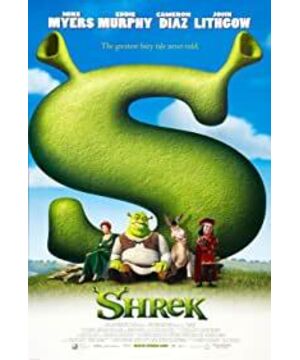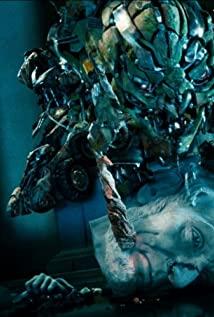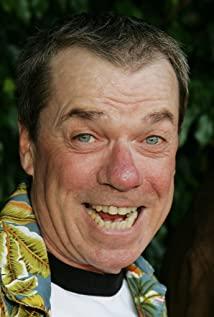It seems that this animation has gone too far in subverting and spoofing the classics, but if you look at it from another angle, you will find that the animation is like this:
this time the protagonist Shrek is a monster, so in the whole animation Only this kind of monster is a "normal person", and the form of an ordinary person becomes the "monster" in this animation. In fact, Princess Fiona was originally in the form of this monster, but she was transformed into a human form because of being enchanted, thus becoming a "monster" in the sense of this animation. Later, after Shrek rescued her from the castle, he finally lifted the spell in a kiss to her, allowing her to return to the form of a monster, thus returning her to the "normal person" in this animation. And the fierce king saw that Fiona became like this, and there was no reason to rob Shrek. I don't know if anyone agrees with this interpretation, but of course I find it ridiculous when I see it myself.
The technique of "subversion" is also novel when you start to use it, but it will also make people tired if you use it too much. This may be why Shrek is successful, but Shrek followers rarely succeed.
The above is the content of my original comment, considering that my opinion on this animation has changed now, here are some new opinions.
Looking back now, the first "Shrek" was not a very good plot. Perhaps according to my standards, my evaluation of the plot of this film is based on the parts other than "subversion" and the like. However, after removing the "subversion", this film is really lackluster, and the novelty of the plot also feels greatly reduced. By this standard, the plot of "Shrek 2" and "Shrek 3" seems to be much better than that of "Shrek 1".
For some reason, over time, my attitude toward "subversion" has shifted from curiosity to rejection. And I found that, judging from recent works like "Little Red Riding Hood", Hollywood has gone astray in the creation of "subversive" themes...
View more about Shrek reviews











